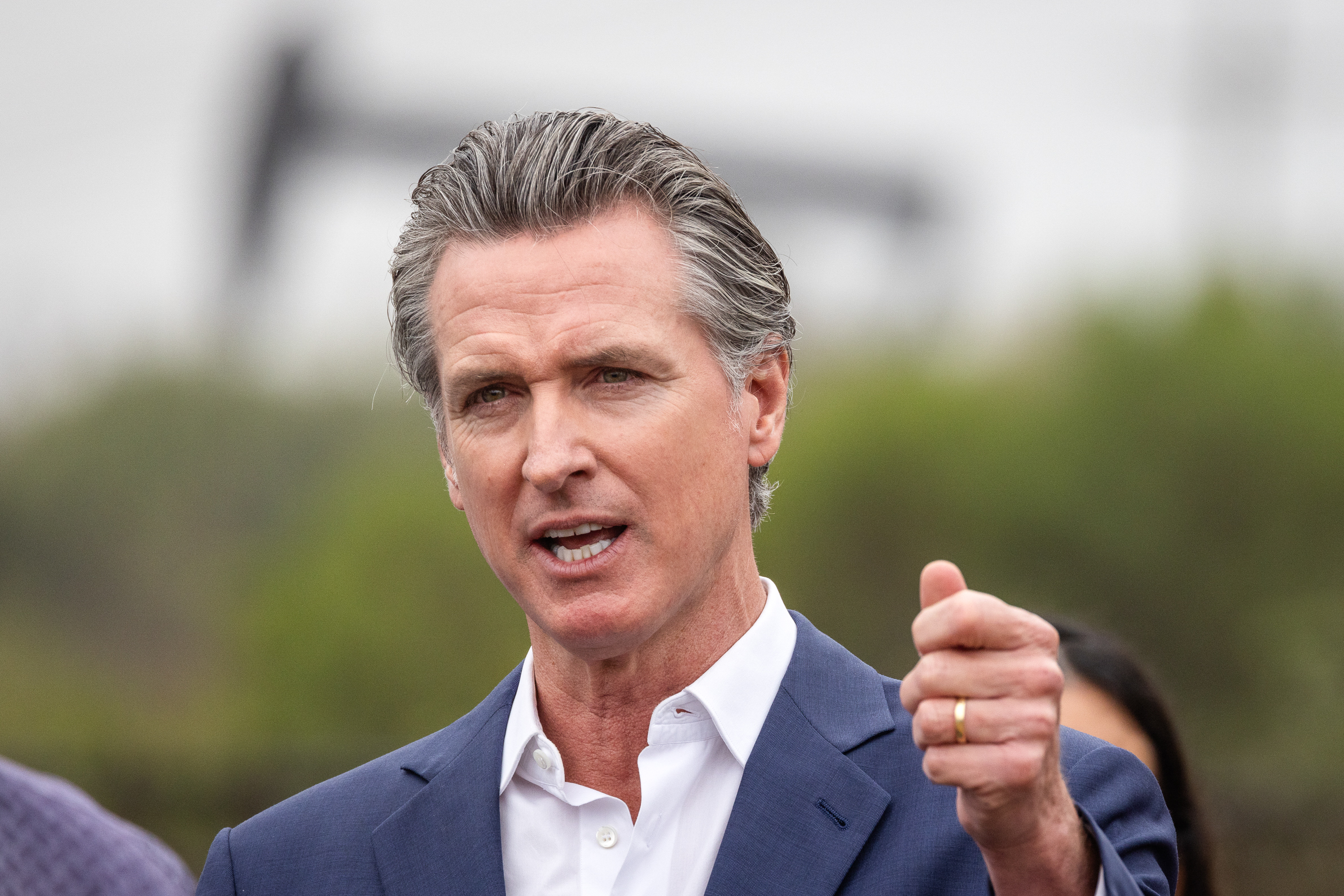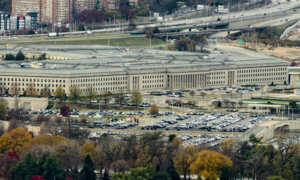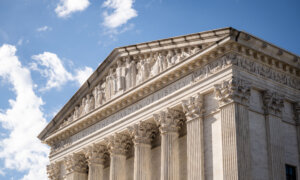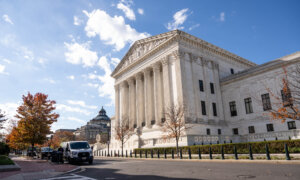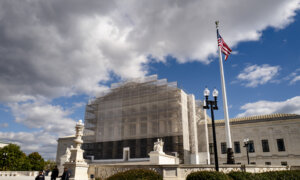The Department of Justice is urging a federal judge not to grant California Gov. Gavin Newsom’s request to limit the president’s direction of National Guard troops amid riots in Los Angeles.
“In a crass political stunt endangering American lives, the governor of California seeks to use this court to stop the president of the United States from exercising his lawful statutory and constitutional power to ensure that federal personnel and facilities are protected,” department attorneys said in a June 11 filing.
Newsom sued the Trump administration on June 9, alleging that the president illegally took control of the state’s National Guard.
He soon followed with a request for a temporary restraining order that would prevent President Donald Trump from deploying federalized National Guard troops to assist federal agents in enforcing federal law.
Newsom also requested that the judge prevent federalized troops from patrolling communities or engaging in law enforcement activities “beyond the immediate vicinity of federal buildings or other real property owned or leased by the federal government.”
In opposing that request, the Justice Department maintained that neither the National Guard nor deployed Marines were engaged in law enforcement.
“Rather, they are protecting law enforcement, consistent with longstanding practice and the inherent protective power to provide for the safety of federal property and personnel,” the Justice Department said in its filing.
“An injunction would not only hinder federal law enforcement but also expose federal employees and property to violence and vandalism by the rioters in Los Angeles.”
The filing is the latest salvo in an ongoing battle between Newsom and Trump, who said California officials failed to protect Los Angeles amid riots that started in reaction to activity by Immigration and Customs Enforcement.
In his lawsuit, Newsom accused Trump of intruding on state authority and violating the Posse Comitatus Act, which limits domestic use of the military.
Law enforcement, the governor said, was within the realm of state authority.
Part of the Justice Department’s filing argued that the president “has an inherent constitutional authority to protect the federal government, and the Posse Comitatus Act does not change that.”
It recounted how a federal courthouse was vandalized and immigration enforcement personnel encountered various attacks.
“Seven hours of non-stop fighting between federal officials and protesters ensued” on June 7, with damaged vehicles and mortar-style fireworks thrown at officers, the Justice Department stated.
Although federal law allows Trump to command the National Guard, Newsom said Trump failed to follow the proper procedure for implementing that law.
Section 12406 of federal law allows the president to federalize National Guard members under multiple conditions.
They include an invasion or danger of invasion, rebellion or danger of rebellion, and when “the president is unable with the regular forces to execute the laws of the United States.”
Newsom alleged that none of those conditions was met and that Trump disobeyed a portion of the law that mentions state governors.
That portion says presidents may respond to invasions, rebellions, and an inability to execute the laws with orders “issued through the governors of the states.”
Newsom’s lawsuit indicated that phrasing required some kind of interaction with the governor or obtaining his permission before federalizing troops.
At a minimum, the lawsuit argued, Trump should have engaged in some kind of consultation with the governor.
“Defendants did not notify Governor Newsom of the orders or attempt to obtain his consent,” Newsom’s lawsuit stated. “Nor did they issue their orders through the Governor as the statute directs.”
The Justice Department countered that the law’s phrasing didn’t require Trump to obtain Newsom’s permission and that the law itself didn’t allow Newsom to somehow impede Trump’s order.
In directing an order “through” the governor, the department argued, Section 12406 made Newsom a “mere conduit” for the president’s decision.
It also argued that judges didn’t have the authority to second-guess Trump’s determination that the necessary conditions had been met for him to interfere.
